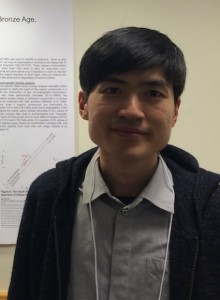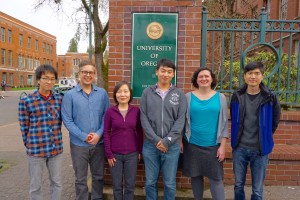 Dr. Lee’s research teams include scholars from institutions across the globe, working in a variety of disciplines.
Dr. Lee’s research teams include scholars from institutions across the globe, working in a variety of disciplines.
Dr. Ilya Bindeman website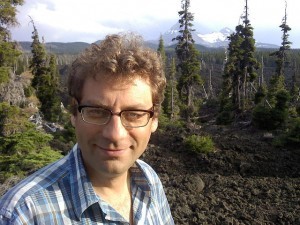
Professor, Department of Geological Sciences, University of Oregon
Dr. Bindeman is a specialist in volcanology and stable isotope geochemistry, heading the stable isotope lab at U of O.
Dr. Christopher Bone profile
Assisstant Professor, Department of Geography, University of Oregon
My research and teaching are anchored in the discipline of Geographic Information Science, where the crossroads between spatial analysis, complex systems modeling and artificial intelligence provide innovative and exciting modes of inquiry and discovery. The majority of my work is focused on modeling coupled human-natural systems, with specific attention paid to large-scale forest disturbances. I am currently involved in projects that investigate the anthropogenic and biological drivers behind native and invasive forest pathogens and insects. These include monitoring and modeling the spread of sudden oak death in the Pacific Northwest and simulating large-scale mountain pine beetle outbreaks in both Canada and the United States. I utilize a variety of modeling and analysis techniques, including agent-based modeling, cellular automata, machine learning and various spatial statistics and GIS-related methods. I am interested in working with students who are curious about how human decision-making interacts with natural processes to shape landscapes over time.
Habeom Kim profile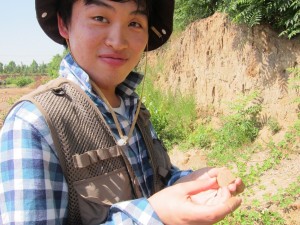
Doctoral Student, Department of Anthropology, University of Oregon
Habeom is interested in the study of early societies in East Asia – including China, Japan, and Korea, and particularly in the dynamics of human-environment relationships in the region’s past. Topics such as paleoethnobotanical research, foodways of complex hunter-gatherers, the origins of agriculture in East Asia, and the sociopolitical contexts of East Asian archaeology are also his interests as well. In the past, he has participated in field excavations in California, China, and Japan.
Postdoctoral Fellow, Department of Anthropology, University of Oregon
Dr. Kwak’s research interests include ancient foodways, pottery use, and subsistence change from foraging to farming in East/Southeast Asia. His research activities also include combining recent evolutionary models with archaeological evidence to understand past human subsistence strategies. He also focuses on the use of organic residue stable isotope, having conducted preliminary studies on lipid remains in potteries excavated from some of the well-known sites in the Korean peninsula.
Hyunsoo Lee profile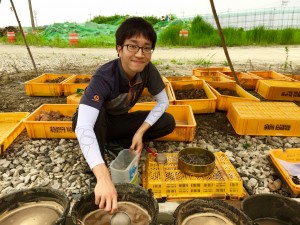
Graduate Student, Department of Anthropology, University of Oregon
Hyunsoo’s research subjects include archaeobotany, human-environmental interactions, and historical ecology. He is interesed in adaptations to climate changes, human migration to Northwest Pacific, and subsistence strategies of people in the Eastern Eurasia in the Pleistocene-Holocene transition. From 2008 to 2013, he worked at the Chonbuk National University Museum of Korea, participating in multiple fieldworks, analyzing and conserving artifacts, and preparing various exhibitions. He is a Fulbright scholar in 2014-2016.
Dr. Leah Minc profile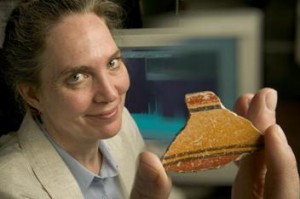
Associate Professor, Department of Anthropology, Oregon State University
I head the INAA program at the Radiation Center (OSU-RC) and serve as liaison to researchers using irradiation facilities and detector instrumentation. I also have an active research program in archaeometry and compositional analysis, through collaboration with faculty researchers at OSU and other academic institutions. Recent and on-going projects include analyses of Colonial-era bricks from Maryland, Aztec ceramics from central Mexico, chert from Idaho, and obsidian from Armenia.
Rory Walsh website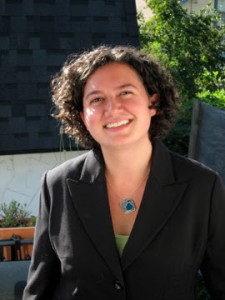
Doctoral Candidate, Department of Anthropology, University of Oregon
Rory studies the ecology, technology, and social politics of emergent East Asian states. Her research addresses topics such as ceramic production, exchange, and consumption in the Mahan and Baekje cultures of southwestern Korea, and the use of millet by Neolithic and early state cultures in the Yiluo Valley of Henan, China. She joins Dr. Lee’s AKS KSPS Laboratory and National Geographic Explorer projects as a specialist on ceramic geochemical analysis, with a view to understanding the everyday realities, multi-scalar identities, and ideologies of the people who made pottery found in the archaeological record.

